
Filter News
Area of Research
News Type
Date
Media Contacts

Baohua Gu, a distinguished senior scientist in the Environmental Sciences Division of the Department of Energy's Oak Ridge National Laboratory, has been elected a fellow of the Geological Society of America (GSA).

Drivers of Formula E cars may soon no longer have to change cars midway through the race, thanks to a battery coating technology developed by XALT Energy of Michigan and Oak Ridge National Laboratory. By depositing a nanoscale layer of alumina on oxide cathodes, researchers have incre...
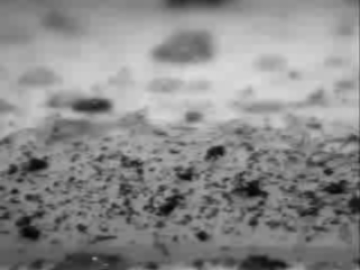
An anti-soiling highly reflective and water-resistant roof coating developed at Oak Ridge National Laboratory and evaluated at Lawrence Berkeley National Laboratory has produced encouraging results. The coating based on superhydrophobic particles resulted in only 3.3 and 4.9 percent r...

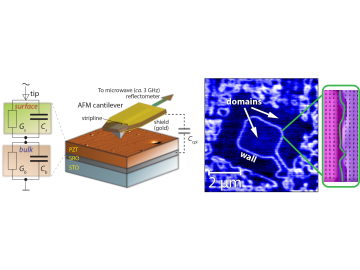

Researchers at the Department of Energy’s Oak Ridge National Laboratory and partners Lawrence Livermore National Laboratory and Wisconsin-based Eck Industries have developed aluminum alloys that are both easier to work with
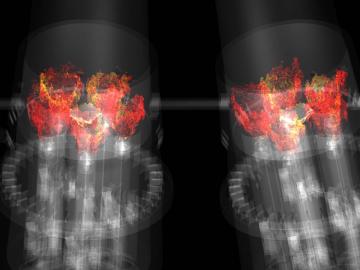
In the United States, the use of natural gas for electricity generation continues to grow. The driving forces behind this development? A boom in domestic natural gas production, historically low prices, and increased scrutiny over fossil fuels’ carbon emissions. Though coal still acco...
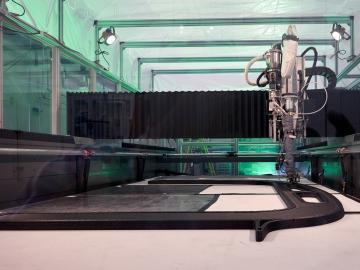
The Department of Energy's Oak Ridge National Laboratory and Cincinnati Incorporated of Harrison, Ohio, have signed a nonexclusive licensing agreement on ORNL patents related to large-scale additive manufacturing. ORNL is a research leader in the production of lar...
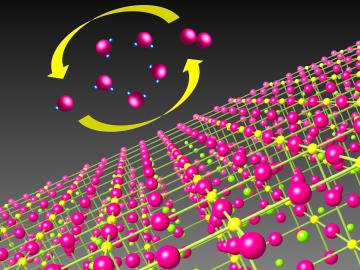
Catalysts make chemical reactions more likely to occur. In most cases, a catalyst that’s good at driving chemical reactions in one direction is bad at driving reactions in the opposite direction. However, a research team led by the Department of Energy’s Oak Ridge National Laboratory ...

Oak Ridge National Laboratory has been selected for funding negotiations for a competitive award from the U.S. Department of Energy’s Advanced Research Projects Agency-Energy (ARPA-E) that aims to develop a low-cost, multilayer, highly transparent and thermally insulating film for window applications.


